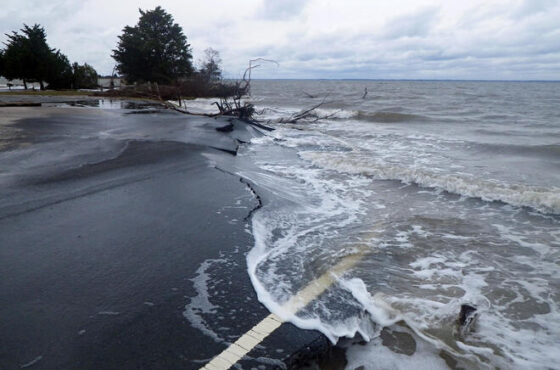AEP Ohio Powers Forward with First Electric Vehicle Program
Published by the Natural Resources Defense Fund
Ohio has long been viewed as a reliable bellwether. And if that status holds true for the power sector, then the future for electric vehicles (EVs) is looking up.
With the support of NRDC, Sierra Club, the Environmental Law and Policy Center, the Electric Vehicle Charging Association, AEP Ohio, the utility that serves nearly 1.5 million customers across the state, recently submitted a $10 million proposal to the Public Utilities Commission of Ohio to develop electric vehicle charging infrastructure to support the state’s growing appetite for electrified transportation. The Commission is likely to approve the proposal in light of the broad base of support it enjoys, which would make it the first public charging station program to be authorized by regulators in the Midwest, paving the way for greater power sector engagement to accelerate the EV market to the benefit of all utility customers.
AEP Program
So what’s in the $10 million proposal? Here are the key points:
- 300 Level 2 charging stations (i.e. medium-speed chargers) and 75 Direct Current Fast Chargers (think Tesla Supercharger), with deployment targets for priority segments like multi-family housing, workplaces, and disadvantaged communities. For context, there are only 280 public charging stations in the entire state today.
- Prospective site hosts will be provided with substantial rebates to purchase, own, and maintain charging equipment.
- AEP will be required to gather data and publish regular, public reports on the prices charged, use, and reliability of the stations installed, among other program metrics.

National Context
Many states and utility regulators in the Midwest – including Michigan – are beginning to think proactively about how utilities can play a role in the growing EV market. Beyond the Midwest, many states have already given utilities the green light to implement transportation electrification programs that accelerate EV adoption, including California, Nevada, Utah, Oregon, Washington, Massachusetts, Florida, and others. As stewards of the electric grid, utilities can build out charging stations, introduce load management programs to make sure EVs do not stress the distribution system, provide widespread customer education and outreach, and test innovative pilots that better mesh EVs with the grid.
Road Ahead
This pilot program will provide AEP and relevant stakeholders with a wealth of information on the effectiveness of various program design elements in supporting EV adoption and inform proposals down the road. The Public Utilities Commission of Ohio is also sponsoring PowerForward, a proceeding that explores how the state’s utility customers can benefit from the wave of new smart grid technologies and distributed energy resources (like energy efficiency, distributed solar, stationary batteries, and mobile batteries like EVs). NRDC is actively engaged in the process and will continue to provide guidance as the Commission’s vision for transportation electrification takes shape early next year.
Even though EV battery improvements are extending vehicle range and dramatically cutting costs, lack of charging infrastructure remains a barrier to broader EV adoption. If you don’t regularly see charging stations at your home, workplace, or on your cross-country road trip, you may not make the switch from gasoline to a cleaner, cheaper, more reliable transportation fuel. AEP’s proposal is the region’s first concrete step toward greater utility engagement in transportation electrification; we look forward to its successful implementation and the development of future utility EV proposals that lead to cleaner air, utility customer bill savings, and reduced dependence on petroleum-based fuels.
Read the full article at: https://www.nrdc.org/experts/noah-garcia/aep-ohio-powers-forward-first-electric-vehicle-program





